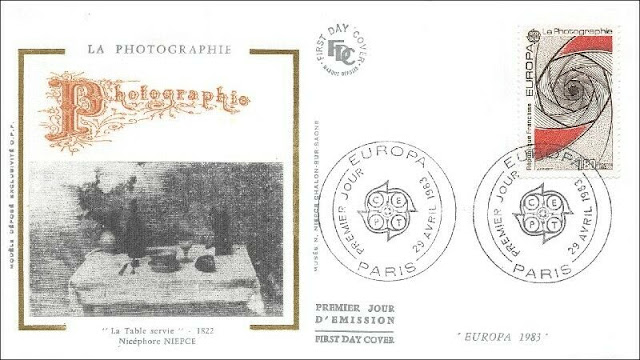1687 – Isaac Newton publishes Philosophiæ Naturalis Principia Mathematica.
Philosophiæ Naturalis Principia Mathematica (Latin for Mathematical Principles of Natural Philosophy), often referred to as simply the Principia (/prɪnˈsɪpiə, prɪnˈkɪpiə/), is a work in three books by Isaac Newton, in Latin, first published 5 July 1687. After annotating and correcting his personal copy of the first edition,Newton published two further editions, in 1713 and 1726. The Principia states Newton's laws of motion, forming the foundation of classical mechanics; Newton's law of universal gravitation; and a derivation of Kepler's laws of planetary motion (which Kepler first obtained empirically).
The Principia is considered one of the most important works in the history of science. The French mathematical physicist Alexis Clairaut assessed it in 1747: "The famous book of Mathematical Principles of Natural Philosophy marked the epoch of a great revolution in physics. The method followed by its illustrious author Sir Newton ... spread the light of mathematics on a science which up to then had remained in the darkness of conjectures and hypotheses."
Here are some stamps from Russia, Germany, Great Britain and Monaco depicting Isaac Newton
Died: 1833 – Nicéphore Niépce, French inventor, created the first known photograph (b. 1765)
Joseph Nicéphore Niépce (7 March 1765 – 5 July 1833), commonly known or referred to simply as Nicéphore Niépce, was a French inventor, usually credited as the inventor of photography and a pioneer in that field. Niépce developed heliography, a technique he used to create the world's oldest surviving product of a photographic process: a print made from a photoengraved printing plate in 1825. In 1826 or 1827, he used a primitive camera to produce the oldest surviving photograph of a real-world scene. Among Niépce's other inventions was the Pyréolophore, the world's first internal combustion engine, which he conceived, created, and developed with his older brother Claude.
Here are some stamps from Albania and France depicting Nicéphore Niépce
1884 – Germany takes possession of Cameroon.
German Cameroon (German: Kamerun) was an African colony of the German Empire from 1884 to 1916 in the region of today's Republic of Cameroon. German Cameroon also included northern parts of Gabon and the Congo with western parts of the Central African Republic, southwestern parts of Chad and far eastern parts of Nigeria.
Here are some stamps issued for this German colony
Dolly (5 July 1996 – 14 February 2003) was a female domestic sheep, and the first mammal cloned from an adult somatic cell, using the process of nuclear transfer.
Dolly was cloned by Keith Campbell, Ian Wilmut and colleagues at the Roslin Institute, part of the University of Edinburgh, Scotland, and the biotechnology company PPL Therapeutics, based near Edinburgh. The funding for Dolly's cloning was provided by PPL Therapeutics and the Ministry of Agriculture. She was born on 5 July 1996 and died from a progressive lung disease five months before her seventh birthday (the disease was not considered related to her being a clone). She has been called "the world's most famous sheep" by sources including BBC News and Scientific American.
Dolly had three mothers: one provided the egg, another the DNA, and a third carried the cloned embryo to term
Here is a stamp of Liberia with the sheep Dolly











No comments:
Post a Comment